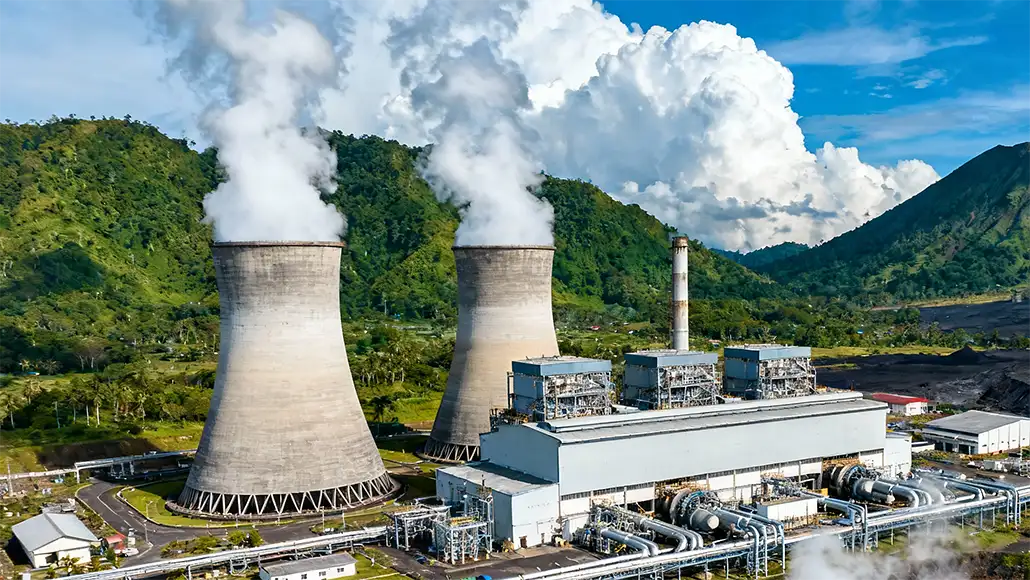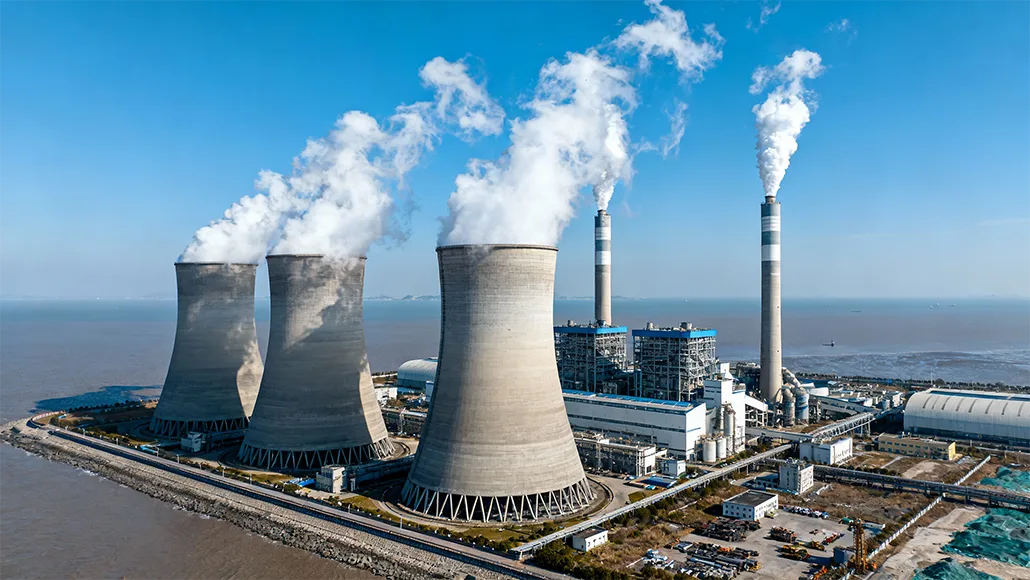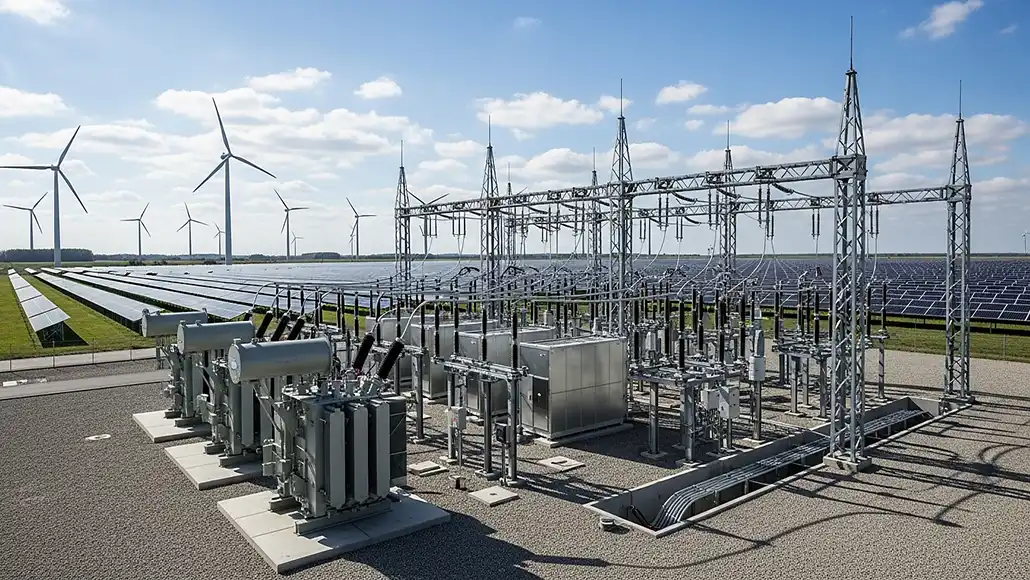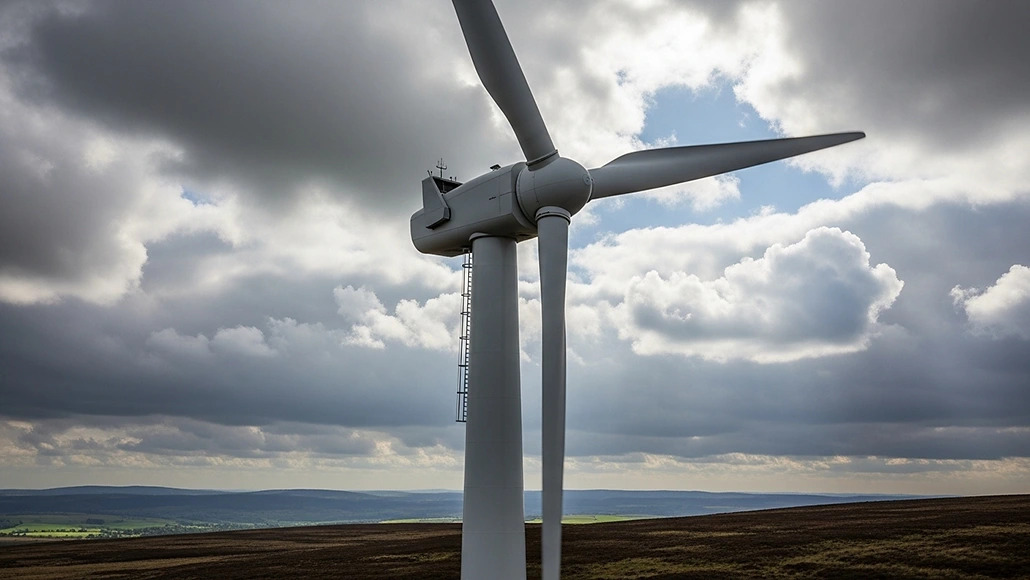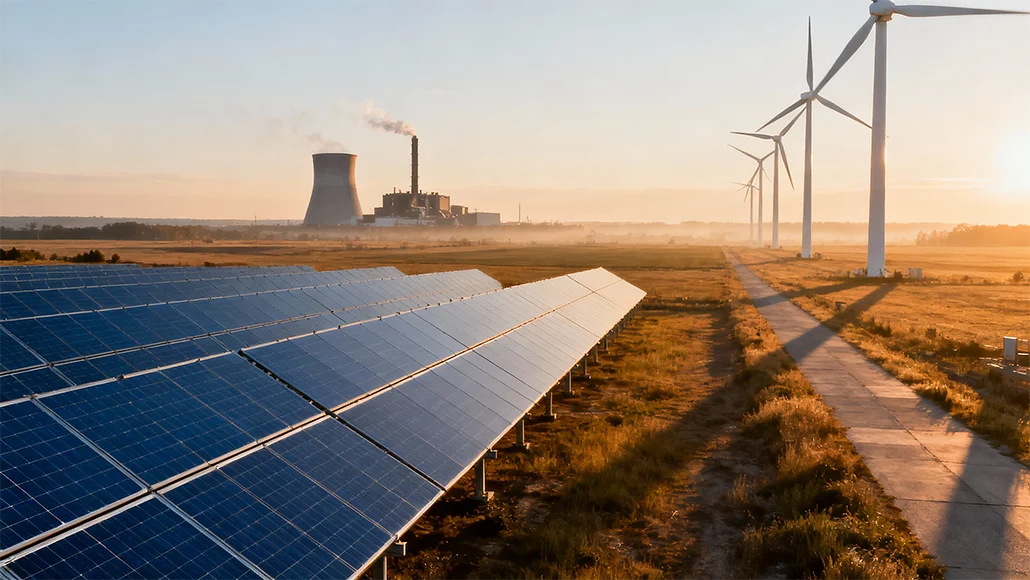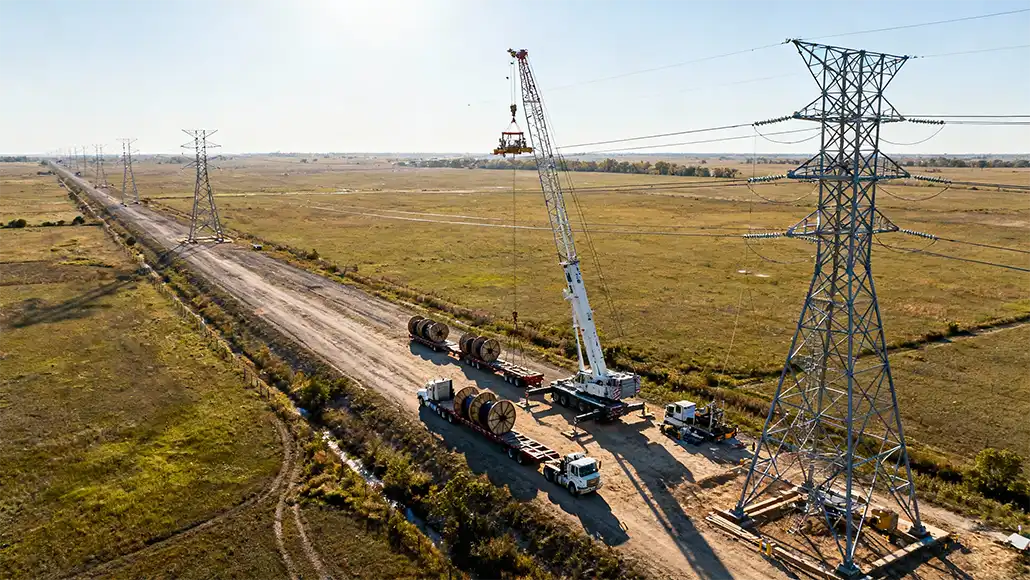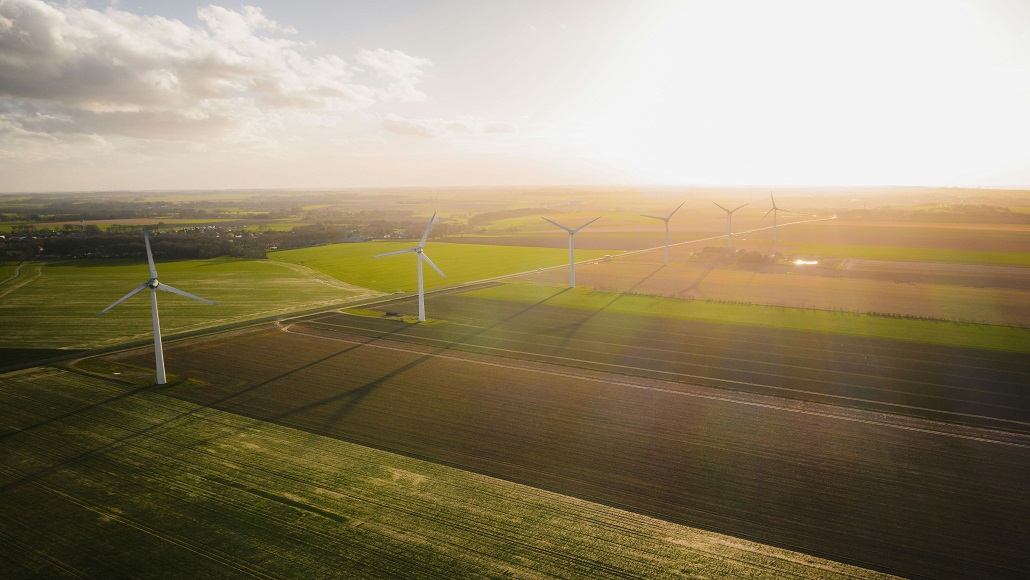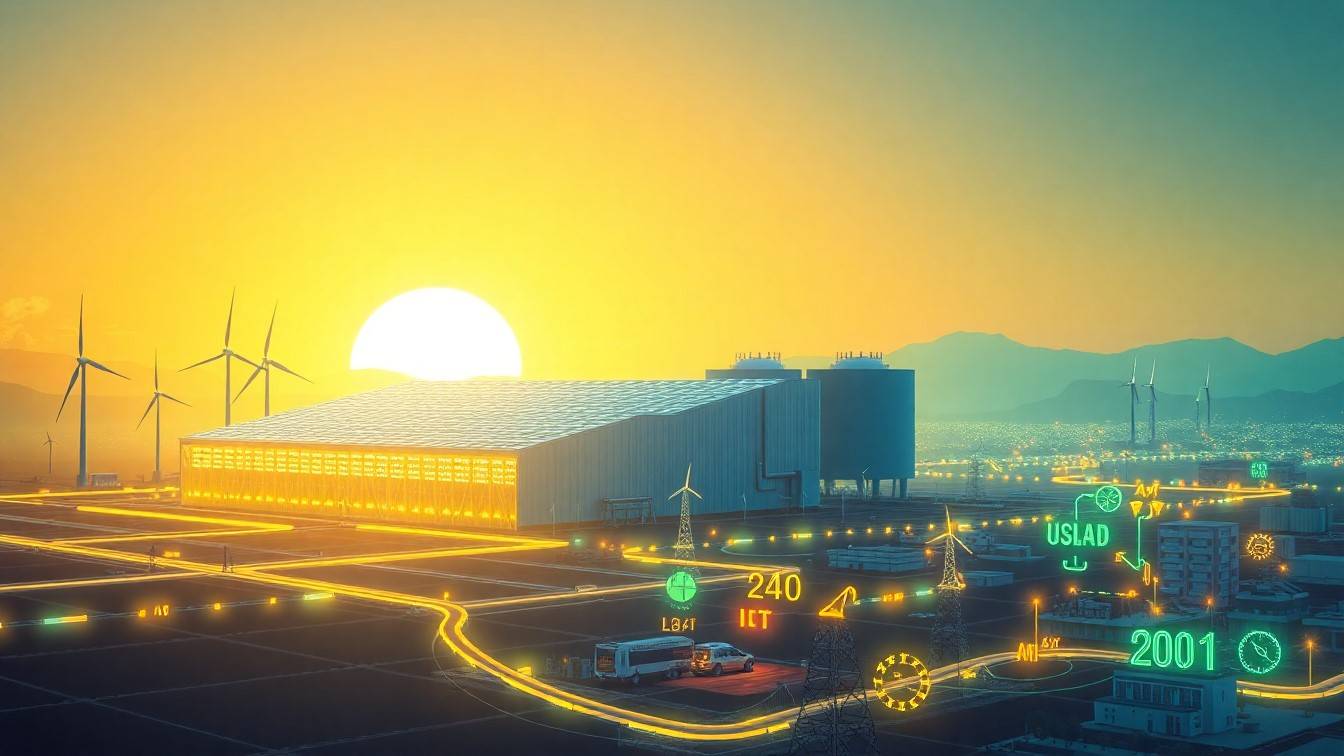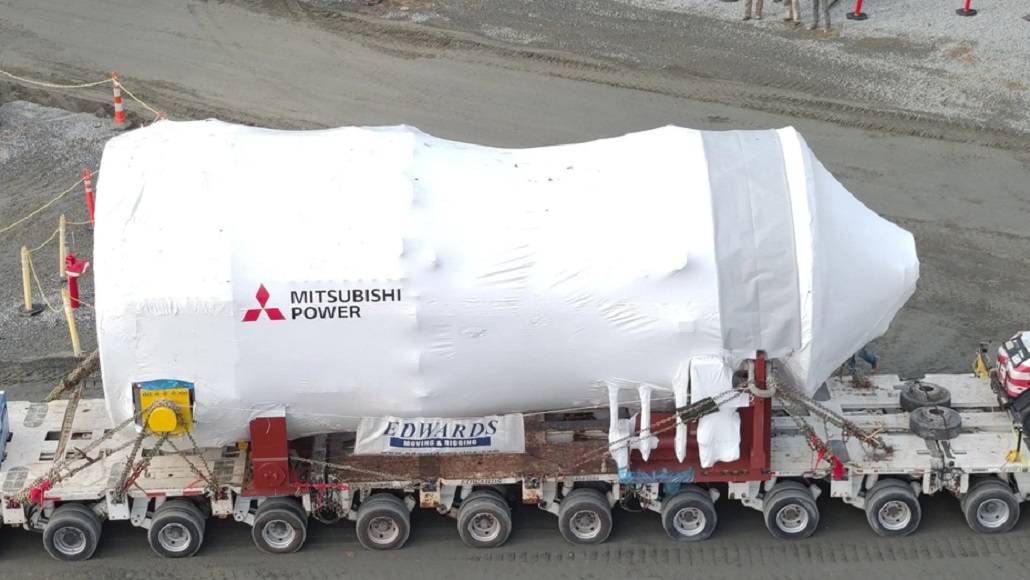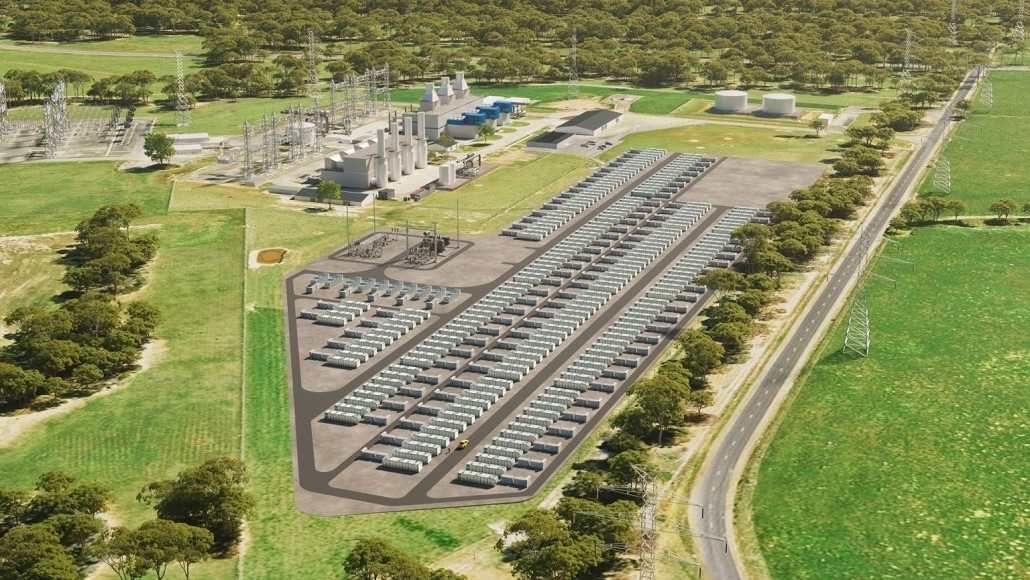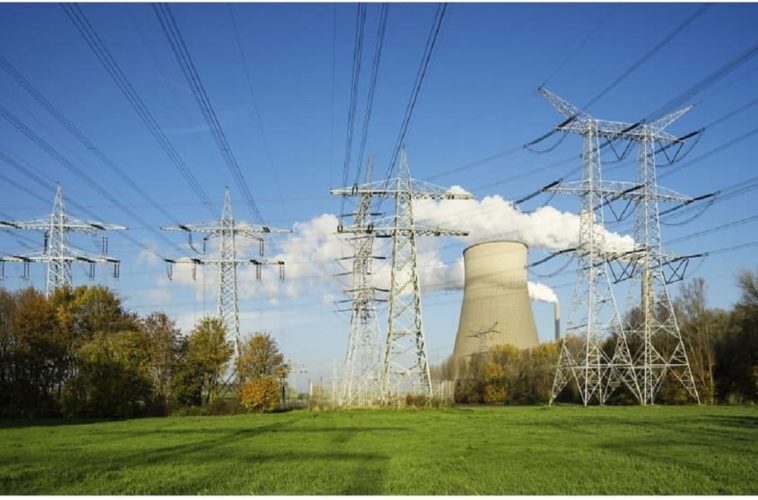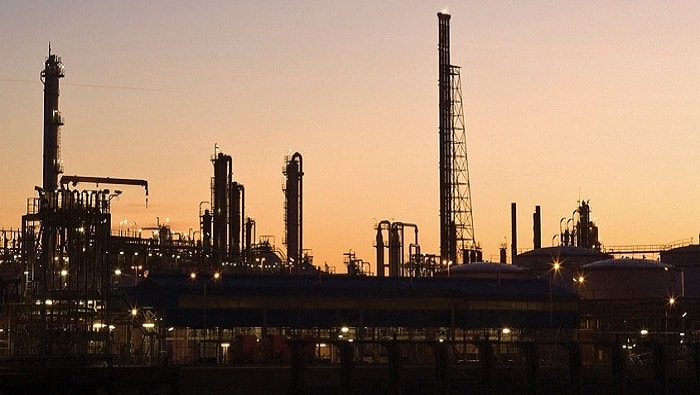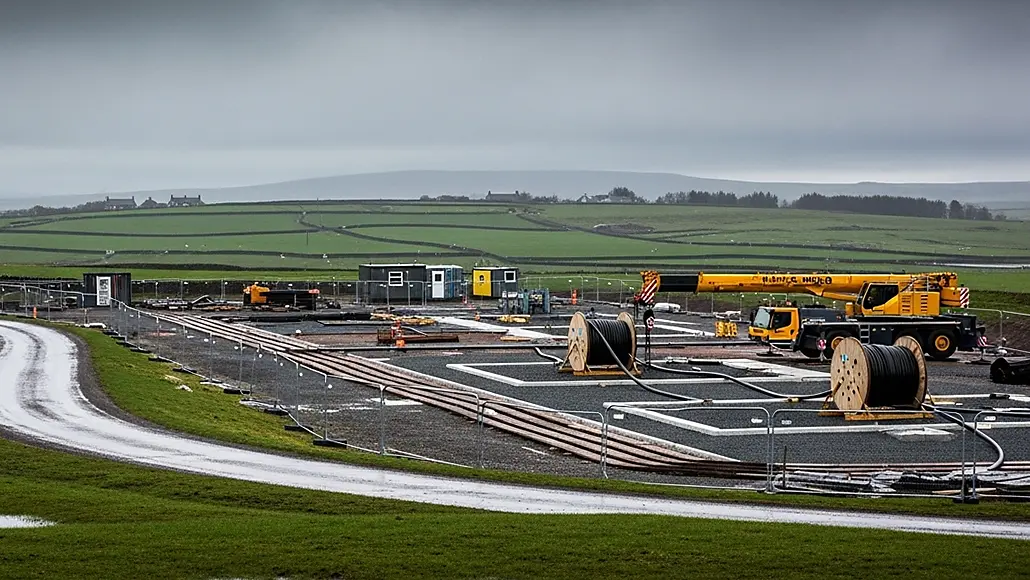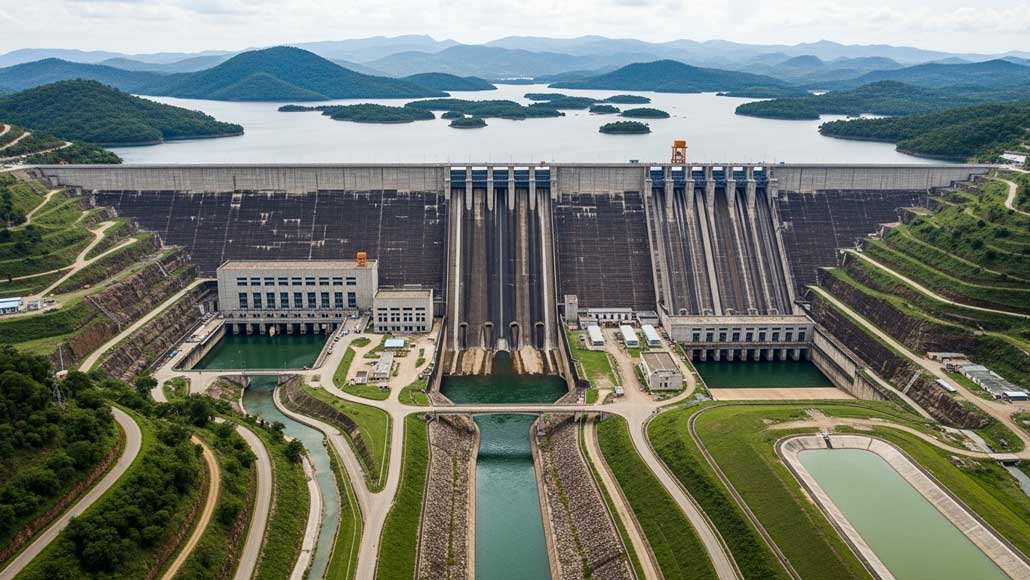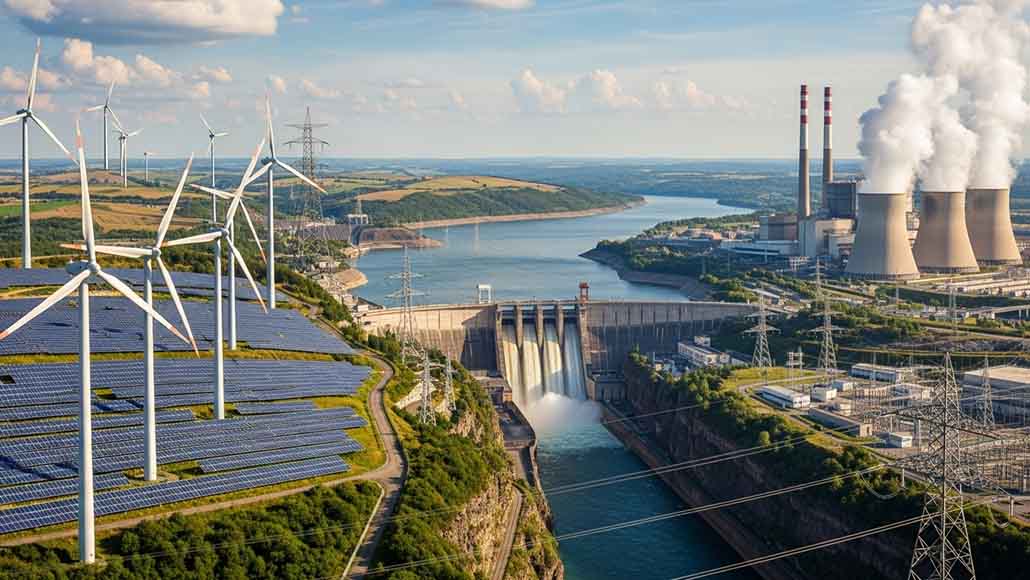Afghanistan’s Ministry of Energy and Water has inked a major deal worth $10 billion with a local private business to develop projects aiming at producing 10,000 megawatts of power throughout the nation, Tolo News reported.
Describing it as a significant breakthrough, Acting Minister of Energy and Water Abdul Latif Mansoor said the deal marked a major achievement for the Islamic Emirate and a vital step toward the country’s economic progress.
“This is a major achievement for us. In today’s world, electricity is an essential need for every individual, whether in healthcare, industry, or for families and households,” Mansoor said, according to Tolo News.
The Afghanistan energy development project involves building power plants that use a combination of solar, coal, hydro, wind, and gas to generate electricity. These initiatives will take place in numerous Afghan regions and are meant to improve the country’s electrical supply and cut down on power shortages, especially in homes and businesses.
“We assure you that Afghanistan has excellent resources for generating energy from water and wind to solar and gas, these resources are all available in the country,” Mansoor added, as quoted by Tolo News.
The deal says that the technical design for the Afghanistan energy development project would be finished in six months. Power generation is scheduled to start with a capacity of 2,000 to 3,000 megawatts in the first phase.
Mirwais Azizi, the head of the private company, said: “This project will involve 17 to 18 foreign experts. Our goal is to train Afghans and have them make up 98% of the workforce, fully entrusting them with responsibilities.”
He also announced the establishment of a training center to build the professional capacity of Afghan nationals, ensuring local involvement and long-term sustainability.
The breakdown of energy production under the Afghanistan energy development project shows that 3,400 MW comes from coal in provinces like Balkh, Bamiyan, Herat, and Baghlan; 3,700 MW comes from gas in Jawzjan, Herat, and the northern zone; 2,040 MW comes from hydroelectric sources in Kabul, Kapisa, and Daikundi; 700 MW comes from wind in Herat and Farah; and 200 MW comes from solar in Kabul, Kandahar, and Ghazni.
According to Tolo News, the Afghanistan energy development project is slated to be implemented over a six-year period from 2026 to 2032.
The deal comes at a time when Afghanistan is still having trouble getting enough energy, which slows down industrial growth and affects everyday living in both cities and rural regions.


